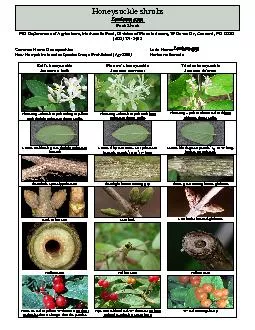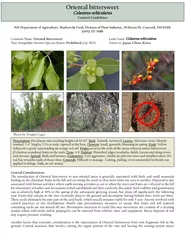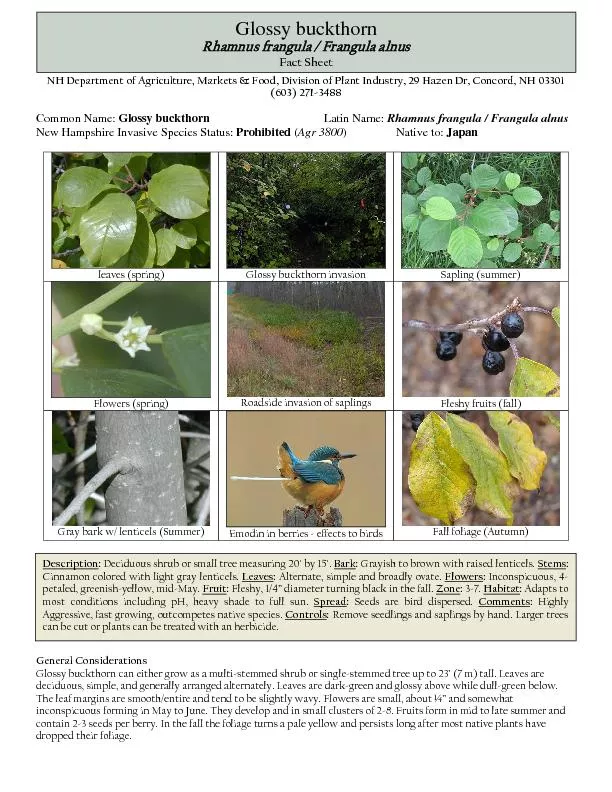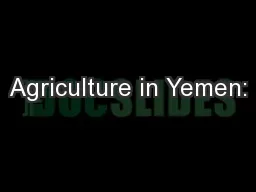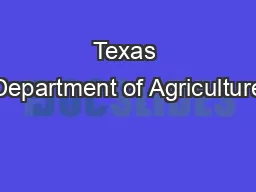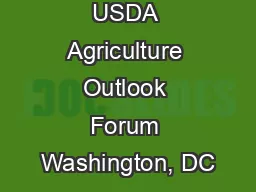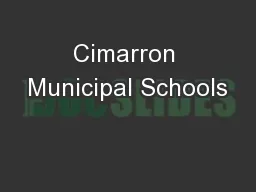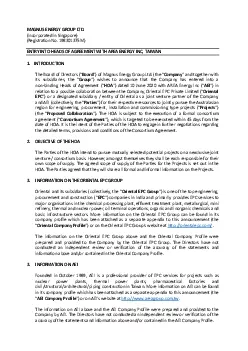PDF-Oriental bittersweetControl GuidelinesNH Department of Agriculture, Ma
Author : celsa-spraggs | Published Date : 2017-01-06
Common Name HoneysucklesLatin Name Lonicera spp New Hampshire Invasive Species Status ProhibitedAgr 3800Native to Eurasia Bell146s honeysuckle Lonicera x bella Lonicera
Presentation Embed Code
Download Presentation
Download Presentation The PPT/PDF document "Oriental bittersweetControl GuidelinesNH..." is the property of its rightful owner. Permission is granted to download and print the materials on this website for personal, non-commercial use only, and to display it on your personal computer provided you do not modify the materials and that you retain all copyright notices contained in the materials. By downloading content from our website, you accept the terms of this agreement.
Oriental bittersweetControl GuidelinesNH Department of Agriculture, Ma: Transcript
Download Rules Of Document
"Oriental bittersweetControl GuidelinesNH Department of Agriculture, Ma"The content belongs to its owner. You may download and print it for personal use, without modification, and keep all copyright notices. By downloading, you agree to these terms.
Related Documents

